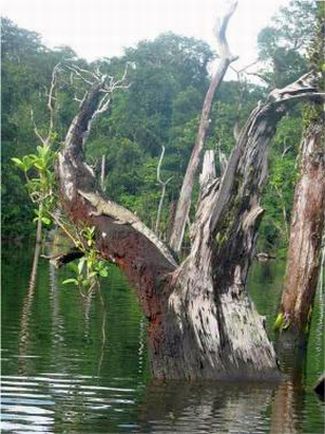 Catherine Ryan Hyde – There’s a little mountain in a state park near my home. It gains about 1,500 feet in two miles. So, four miles round trip. About two hours out of my life, not counting the drive. Even if you wouldn’t take this hike today you can probably accept that you could work up to it.
Catherine Ryan Hyde – There’s a little mountain in a state park near my home. It gains about 1,500 feet in two miles. So, four miles round trip. About two hours out of my life, not counting the drive. Even if you wouldn’t take this hike today you can probably accept that you could work up to it.
I’d estimate that in the past eight years I’ve climbed this one little mountain 40 times. I’ve done lots of other mountains. More dramatic ones. Mt. Katahdin in Maine. The Grand Canyon, rim-to-river and back. Half Dome. The Inca Trail to Machu Picchu. But I’m putting the others aside for this illustration. I’m just concentrating on 40 trips up that one 1,500-foot mountain. The cumulative elevation is the equivalent of hiking from sea level to the top of Mount Everest. Twice. Continue reading

 (Reuters) – Most people entering crocodile territory keep a wary eye out on water and land, but research suggests they need to look up.
(Reuters) – Most people entering crocodile territory keep a wary eye out on water and land, but research suggests they need to look up.